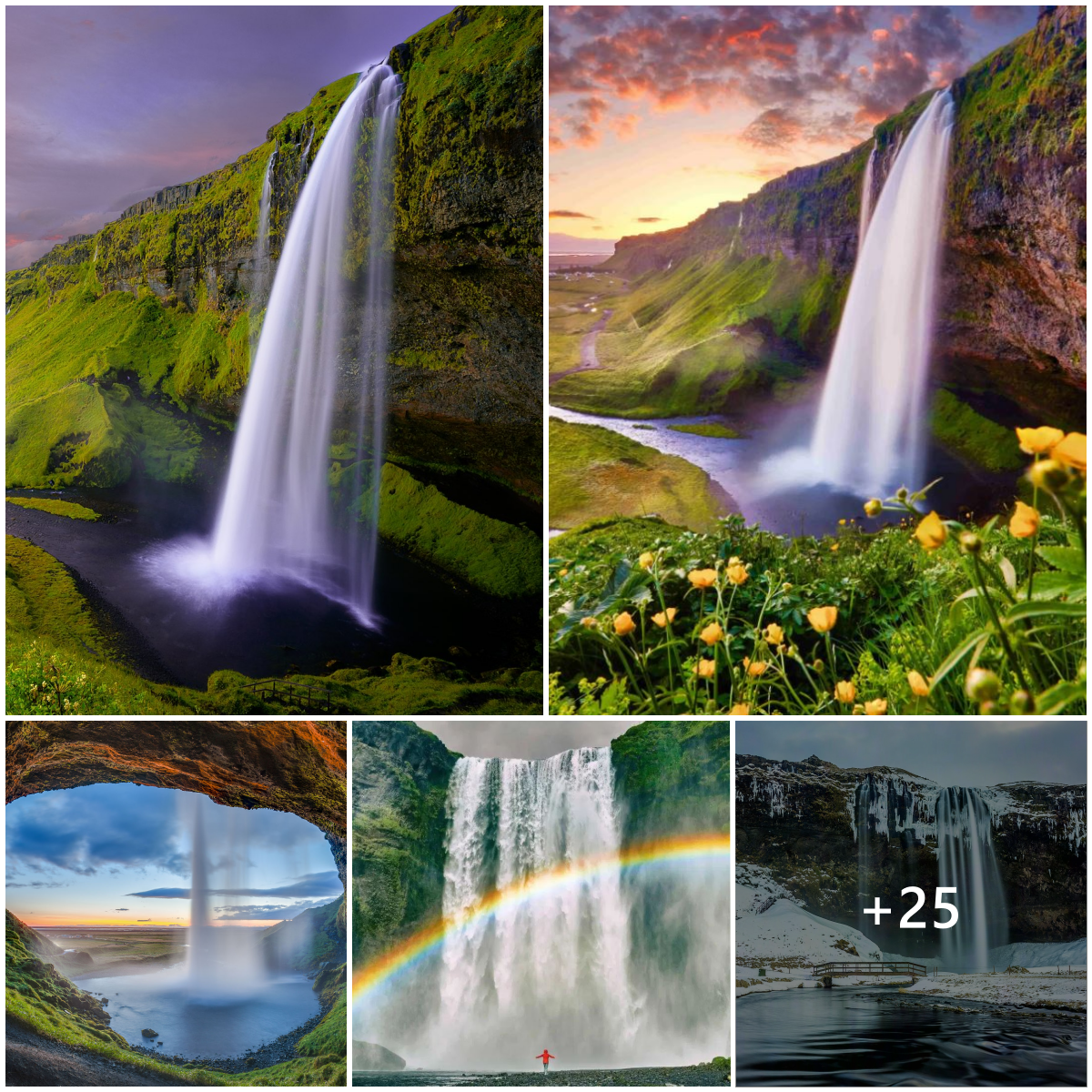
On April 8th, a rare celestial event captivated millions across North America, from the northern reaches of Mexico through the United States and into southeastern Canada. Dubbed a “once-in-centuries” phenomenon by astronomers and enthusiasts alike, this total solar eclipse offered more than just a stunning visual spectacle; it presented unparalleled opportunities for scientific discovery.


The total eclipse occurred during a period of solar maximum, offering a unique chance to observe comet visibility against the darkened sun, marking the longest total eclipse in the U.S. since 1806 and the darkest in 217 years. NASA Deputy Director Pam Melroy highlighted the event’s “extraordinary scientific opportunities,” as the agency closely monitored the eclipse, launching “research rockets” to explore its effects on Earth’s upper atmosphere.

 Unveiling the Sun’s Corona
Unveiling the Sun’s Corona
One of the most anticipated aspects of this eclipse was the visibility of the sun’s corona, its outer atmosphere, which becomes spectacularly visible when the moon obscures the sun. This phenomenon provides a rare opportunity to study the corona’s intricate structures and dynamics, which remain not fully understood. The corona’s temperature paradoxically increases with distance from the sun’s surface, a mystery that continues to puzzle scientists. The eclipse offered a moment to observe solar flares and prominences—giant structures of plasma erupting from the sun—with unprecedented clarity.


Earth’s Upper Atmosphere Under Observation
The total eclipse also allowed scientists to examine changes in Earth’s ionosphere, a part of the upper atmosphere critical for radio communication and GPS technology. Kelly Korreck, NASA’s eclipse program manager, explained the significance of understanding disturbances in this layer, which could affect communication and navigation systems. By measuring the sudden decrease in solar radiation during the eclipse, researchers hoped to gain insights into the ionosphere’s response to such rapid changes, improving our ability to predict potential disruptions.

Animal Behavior During the Eclipse
Anecdotal evidence has long suggested that animals exhibit unusual behavior during solar eclipses, from giraffes running wildly to roosters crowing and insects falling silent. The drop in light and temperature, along with changes in wind patterns, can significantly affect wildlife. Andrew Farnsworth, a bird researcher at Cornell University, aimed to study the eclipse’s impact on bird migration using weather radar technology. The 2017 eclipse had already shown a noticeable decrease in aerial animal activity, disrupting daily routines without triggering typical nocturnal behaviors. This year’s eclipse, occurring in April, might reveal different patterns in bird migration and behavior, offering insights into how wildlife adapts to such extraordinary natural events.


The April 8th total solar eclipse was not just a breathtaking sight for millions of spectators; it was a golden opportunity for scientific advancement. From uncovering secrets of the sun’s corona and Earth’s upper atmosphere to understanding animal behavior, this event has the potential to enhance our knowledge of the natural world in profound ways.
















